01. Unlock the Millennium Legend of Chinese Porcelain in 3 Minutes
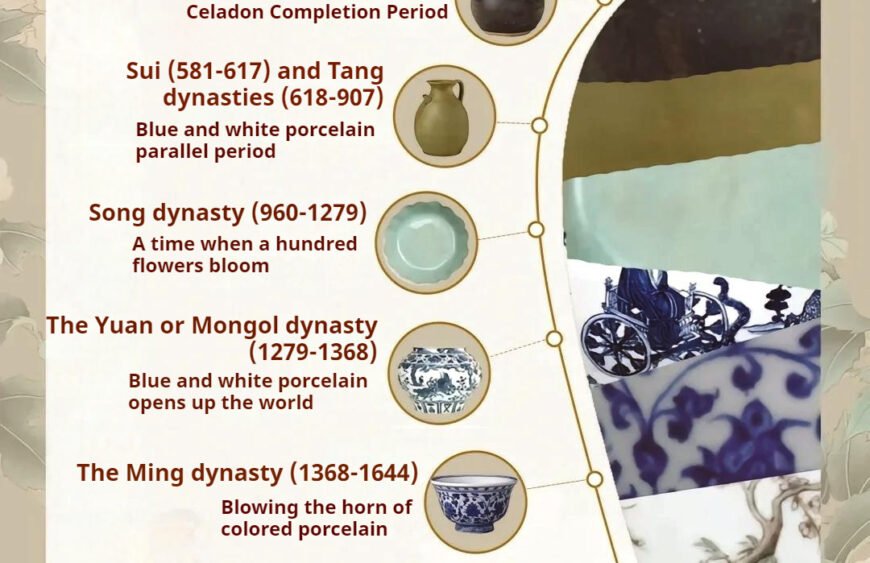
the Millennium Legend of Chinese Porcelain
In this ancient and magical land of China, there is an art that uses clay as its body and flames as its brush to create a thousand years of splendor; it carries the memory of history and conveys the essence of culture, and it is Chinese porcelain.
Today, let us embark on this porcelain journey through time and space and explore the endless stories hidden behind porcelain.
1. Origin: The encounter between soil and fire
As early as the Neolithic Age, our ancestors began to try to make pottery with clay, which was the prototype of porcelain. In those distant years, they may have just been out of simple needs for life, but they inadvertently opened a new chapter in the history of human civilization.
As time went by, pottery making technology continued to improve, and people began to pursue more exquisite and durable utensils. The farming culture of Chinese civilization provided an endless source of creation for porcelain, completing the gorgeous transformation from pottery to porcelain.
But even so, it took more than a thousand years to transition from primitive porcelain to mature porcelain. The celadon ware of the Shang Dynasty had reached a considerable level, and its glaze color was green or green-yellow. Although it was still a little rough, its unique luster had already foreshadowed the arrival of a great era.

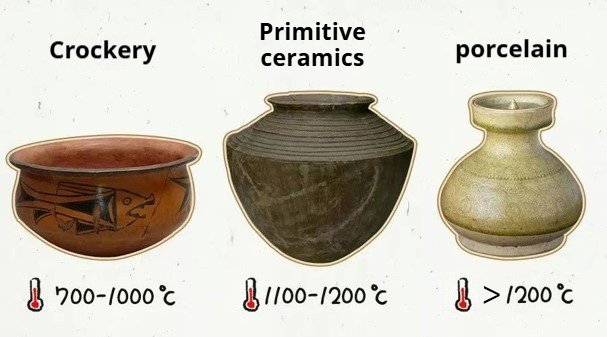
2. Blooming: The prosperity of celadon
When the wheel of history rolled into the Eastern Han Dynasty, real porcelain was finally born. There is one most important difference between fired pottery, primitive porcelain, and porcelain, that is temperature. And celadon is the most dazzling star among these bright stars. Yue Kiln, as the birthplace of celadon, has witnessed the wisdom and sweat of countless craftsmen. They carefully selected high-quality porcelain clay, washed and refined it repeatedly, and then put the formed body into the kiln. After high-temperature firing, pieces of ice-like jade-like celadon came out.
The warm glaze color is like the morning dew in the mountains, and it is like the blue waves reflected in the deep pool, giving people a sense of freshness and tranquility. During the Six Dynasties, southern celadon was famous for its delicate texture and elegant glaze color. Not only was the shape more diverse, but the decorative techniques were also increasingly sophisticated. Whether it is the delicate lotus petal pattern or the smart and elegant flying pattern, it shows the unique artistic charm of that era. These celadons, like fairies in emerald green dresses, dance gracefully on the stage of history, bringing a touch of fresh color to that turbulent era.
3. Competition for Beauty: The Golden Age of Porcelain in the Tang and Song Dynasties
The Tang Dynasty was a glorious period in Chinese history. In the history of Chinese porcelain, the transformation from celadon to white porcelain was a huge leap. If the iron content in the porcelain clay is greater than 1%, it will be green after firing. If the iron content is greater than 5%, it will appear yellow. If it is to appear white, the iron content must be less than 1%.
Porcelain in the Tang Dynasty is no longer just a practical tool, but also a symbol of people's pursuit of art and beauty. They are either dignified and majestic, or smart and playful, or gorgeous and complicated, or simple and elegant. Each piece is like a solidified poem and a three-dimensional painting.
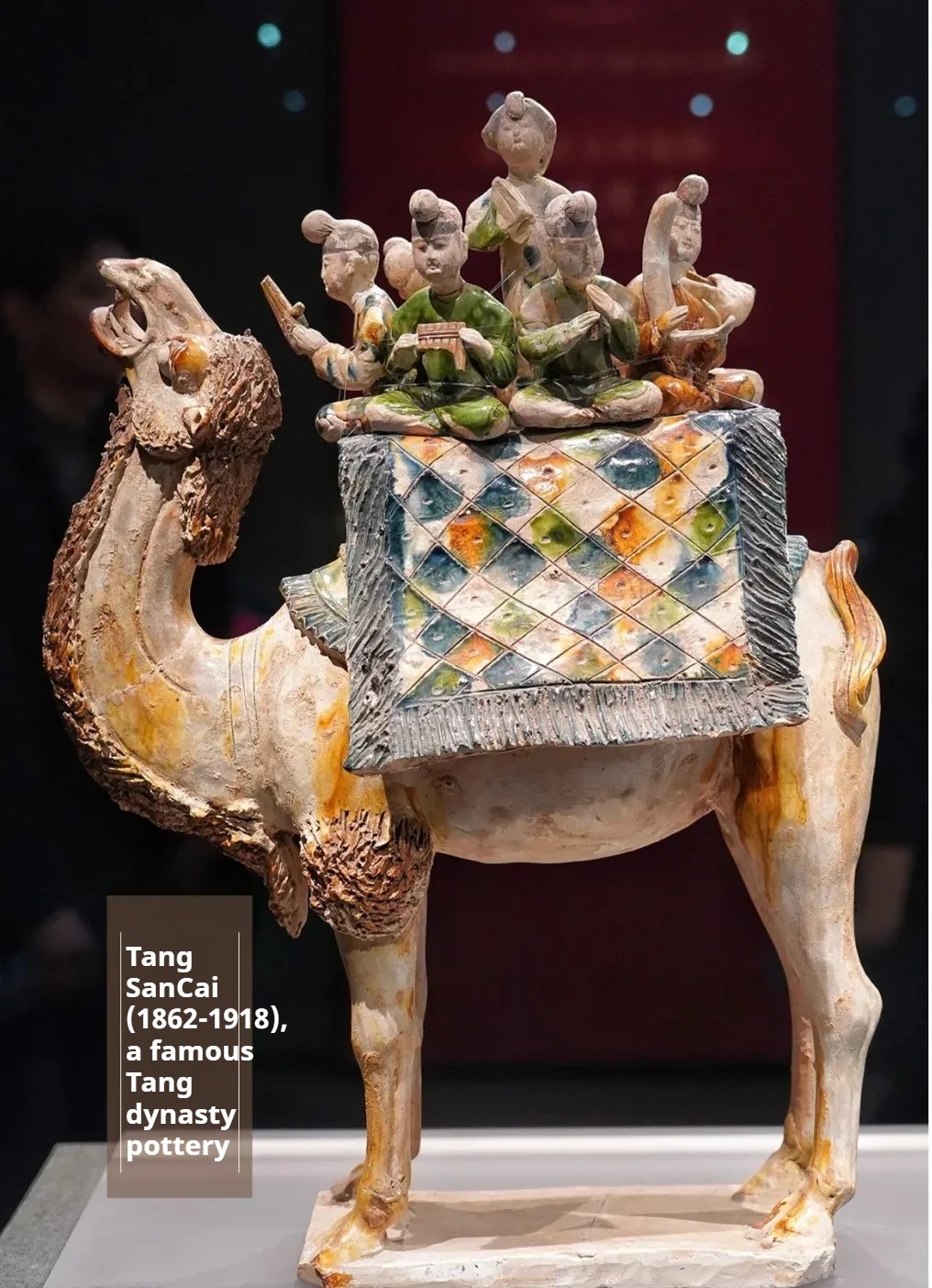
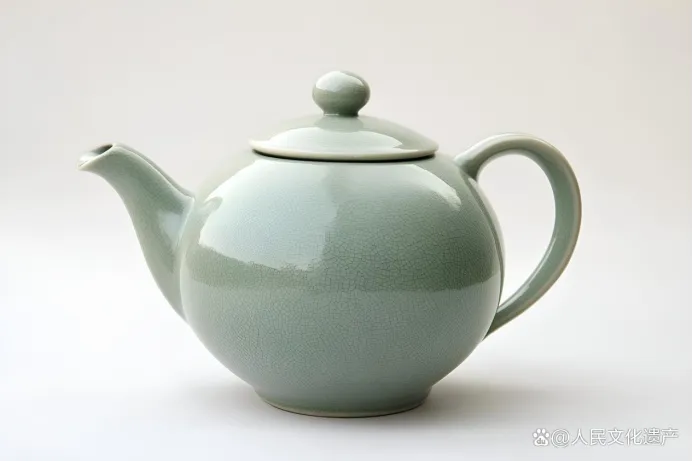
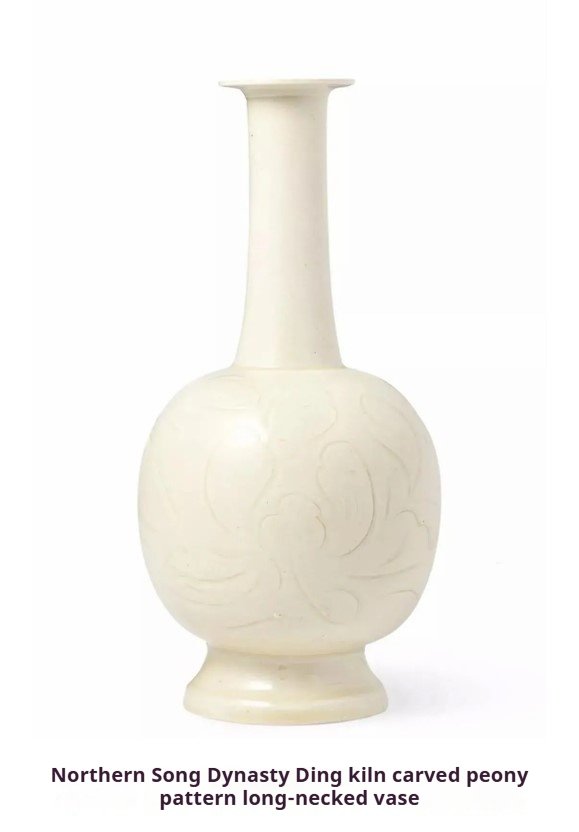
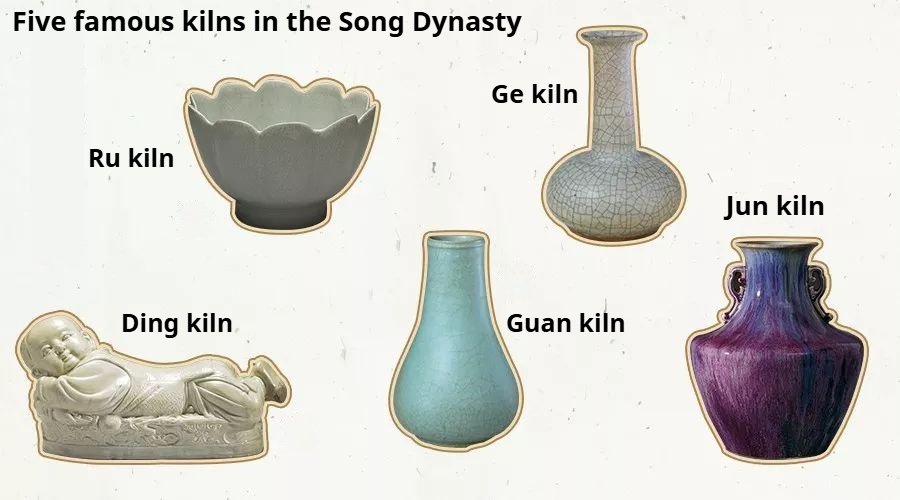
4. Splendor: The Porcelain Empire of the Ming and Qing Dynasties
The porcelain of the Ming Dynasty is famous for its fine craftsmanship and rich varieties, especially the craftsmanship and decoration during the Yongle and Xuande periods reached a very high level, and the official kiln system reached an unprecedented perfection. Jingdezhen in the Ming Dynasty became the national ceramic center, with a wide variety of blue and white porcelain, colored porcelain and monochrome glaze porcelain, such as Yongle sweet white and Xuande blue and white, which are treasures in porcelain collections.
The porcelain production of the Qing Dynasty reached new heights in both craftsmanship and art. The porcelain of the Kangxi and Qianlong periods was famous all over the world for its exquisite craftsmanship, rich varieties and unique artistic style.
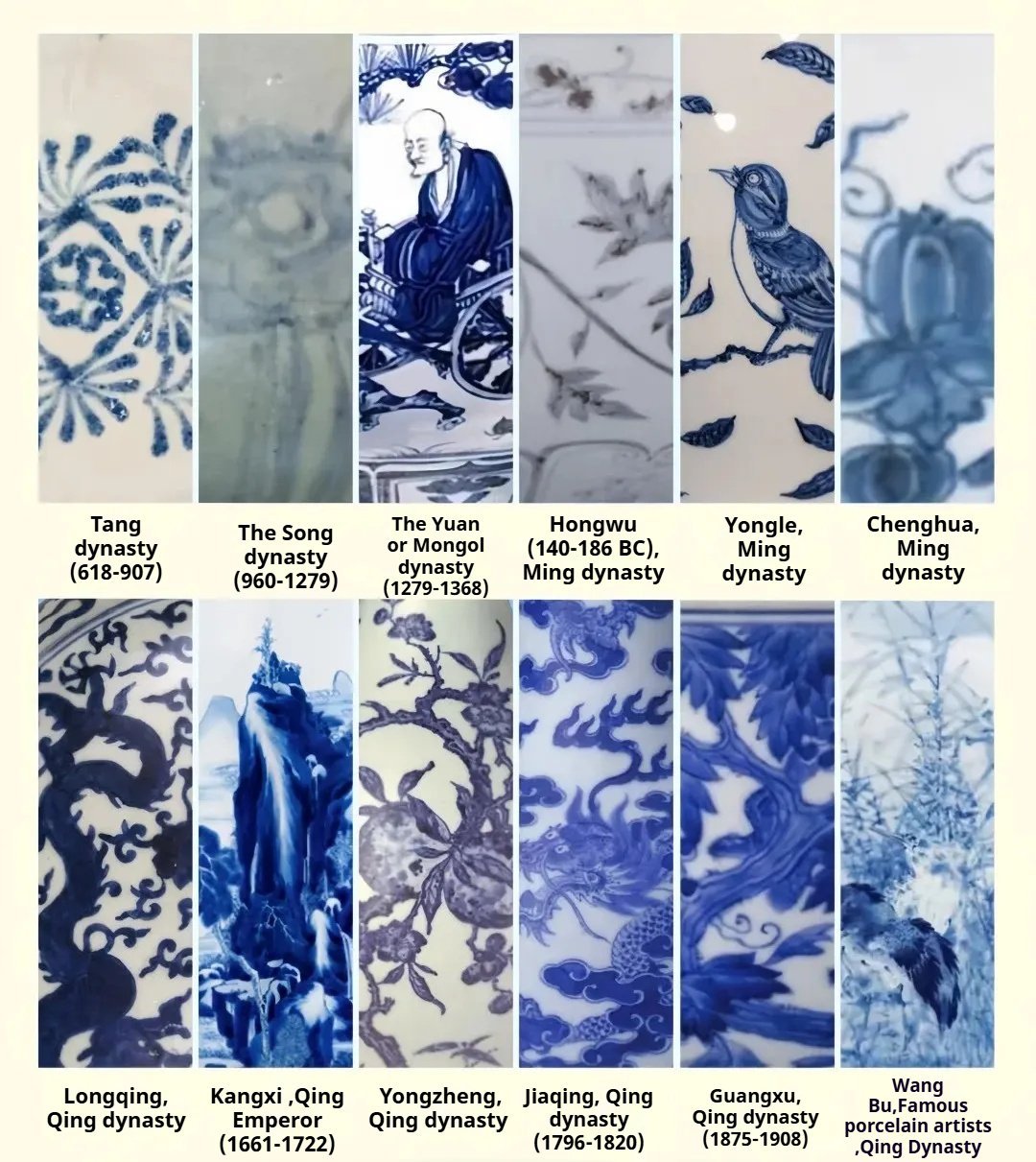


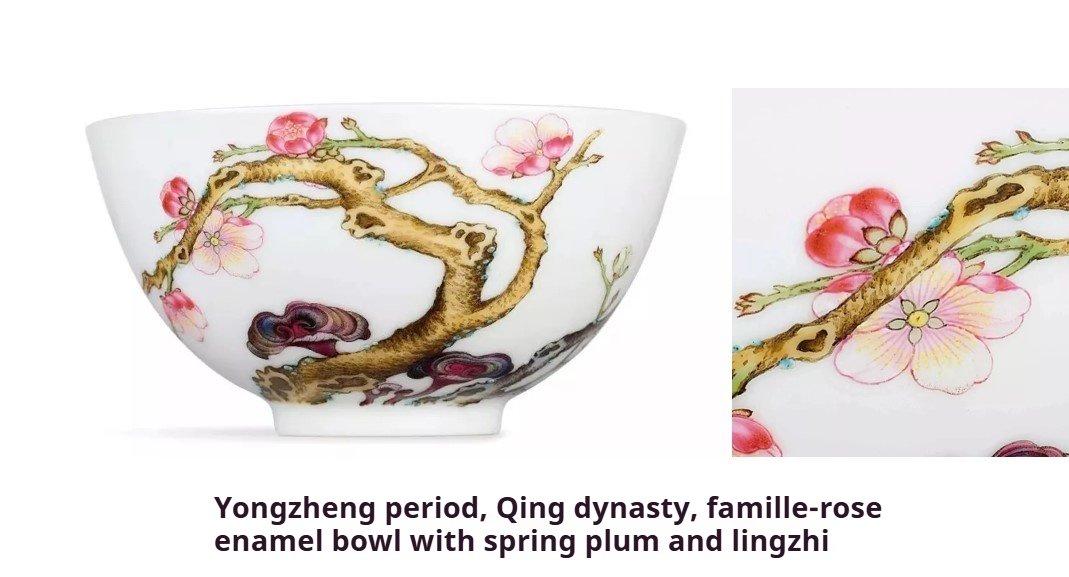
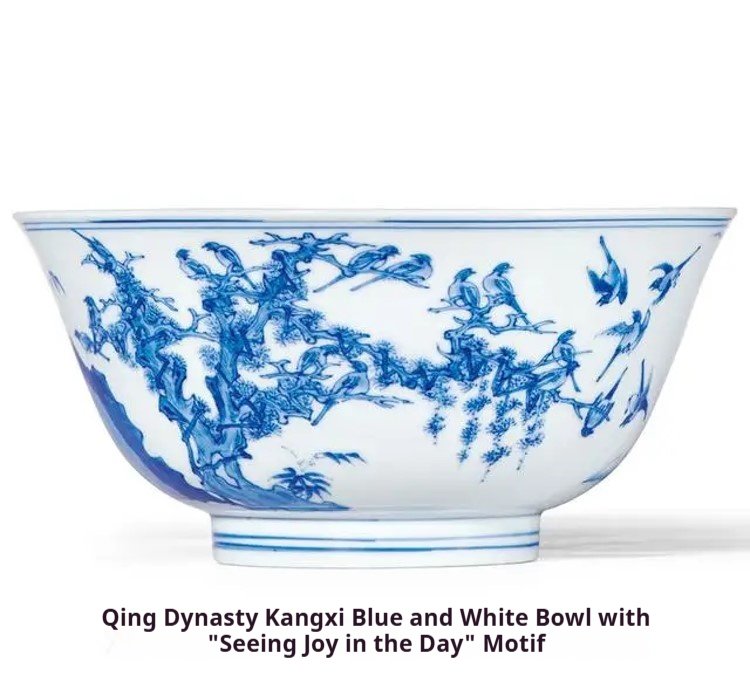
Chinese porcelain, from its original practical utensils, gradually evolved into exquisite works of art and became an important symbol of Chinese civilization. It is not only an important commodity for ancient China’s foreign trade, but also an important carrier for the spread of Chinese culture.
So the question is, which dynasty of Chinese porcelain do you like best? Tell me in the comments.




